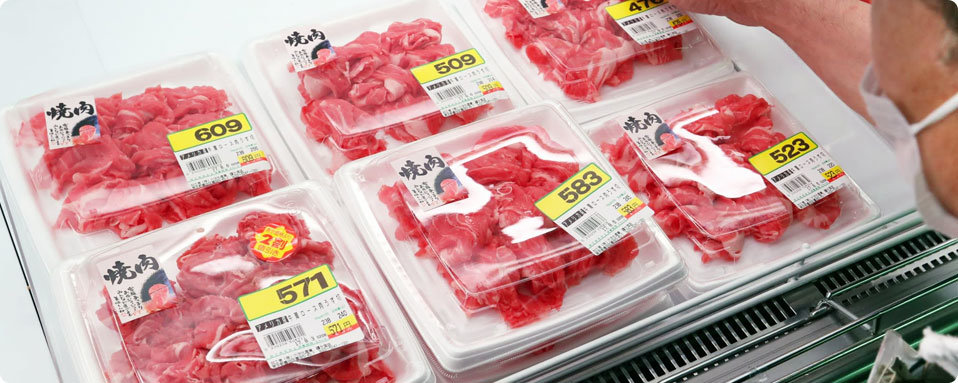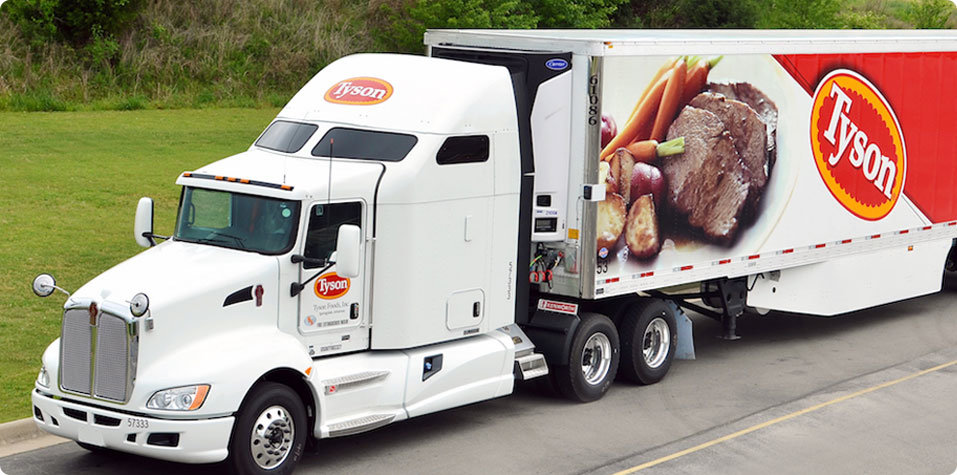UHF Handheld Reader
UHF Handheld RFID Reader provides high performance UHF RFID reading/writing capability.







UHF Handheld RFID Reader provides high performance UHF RFID reading/writing capability.
RFIDHY’s Glass Tag help manage and safeguard animals. Standard Glass Tag units are enclosed in…
RFIDHY provides a diverse selection of RFID tracking devices for animals that enables farmers,…


Pasture
After the animal born, the RFID ear tag will be the individual identity of the animal. In the breeding process, the unique ID number of the tag is read and wrote the data to the EAR TAG via the RFID handheld terminals, and the livestock variety, feed records, epidemic prevention records, and medication are recorded in the ear tag, meanwhile, uploaded to the database. At the same time, the disease tracking, treatment, death and harmless treatment of the animals in the farm are electronically tracked, which is convenient for the farmers to manage the livestock daily.

1. Farmers’ basic information management
(1) Farmer information registration: used to add the farmer information of the signed agreement to the database;
(2) Farmer information changement: When the basic information of the farmer is changed, the modification function is provided;
(3) Farmer information deletion: to erase /delete the information of the farmers
2. Farming information management
The system provides the entire traceability from the date of wearing tags to the slaughter.
(1) Pregnancy data collection: Farmers can register information on pregnant animals and automatically update its e-record;
(2) Birth data collection: Farmers can register livestock birth information and remind the keeper update;
(3) Death data collection: Farmers can register livestock death information and automatically notify the keeper to confirm the operation;
(4) Disease data collection: Farmers can register disease animal information.

3. Epidemic immune surveillance
Providing the enquiries about the immunization and treatment records for all livestock, including the procedures and medication records.

The slaughterhouse
(1)The herdsmen concentrate the livestock into the slaughter place. According to the RFID ear tags, the slaughter place can register its information to the ear tags, such as slaughter locations, slaughter directors, time, etc. Adding traceability information, including admission time, variety, gender, age, ear tag numbers, admission weight and entry quarantine information.
(2)After slaughtered and divided, we will choose the same herdsmen’ livestock to slaughters, and the parts of the divided animal meat are loaded into a box with a certain part of the meat, the slaughter master and other related RFID information. The original ear tag’s information and the RFID tag on the box are collected and uniformly records into the database.
(3)The weighing package uses the QR code or 1D barcode traceability, and the printed product QR code and other information are attached to the outer package. That is, the information in the database is imported into the traceability, and the meat certificate with the traceability information is printed.

Logistic Management
After scanning the QR code of the product, adding the new records; such as warehouse, transportation, and product image.

Markerts and end-user traceability
After scanning the QR code to confirm its traceability information.